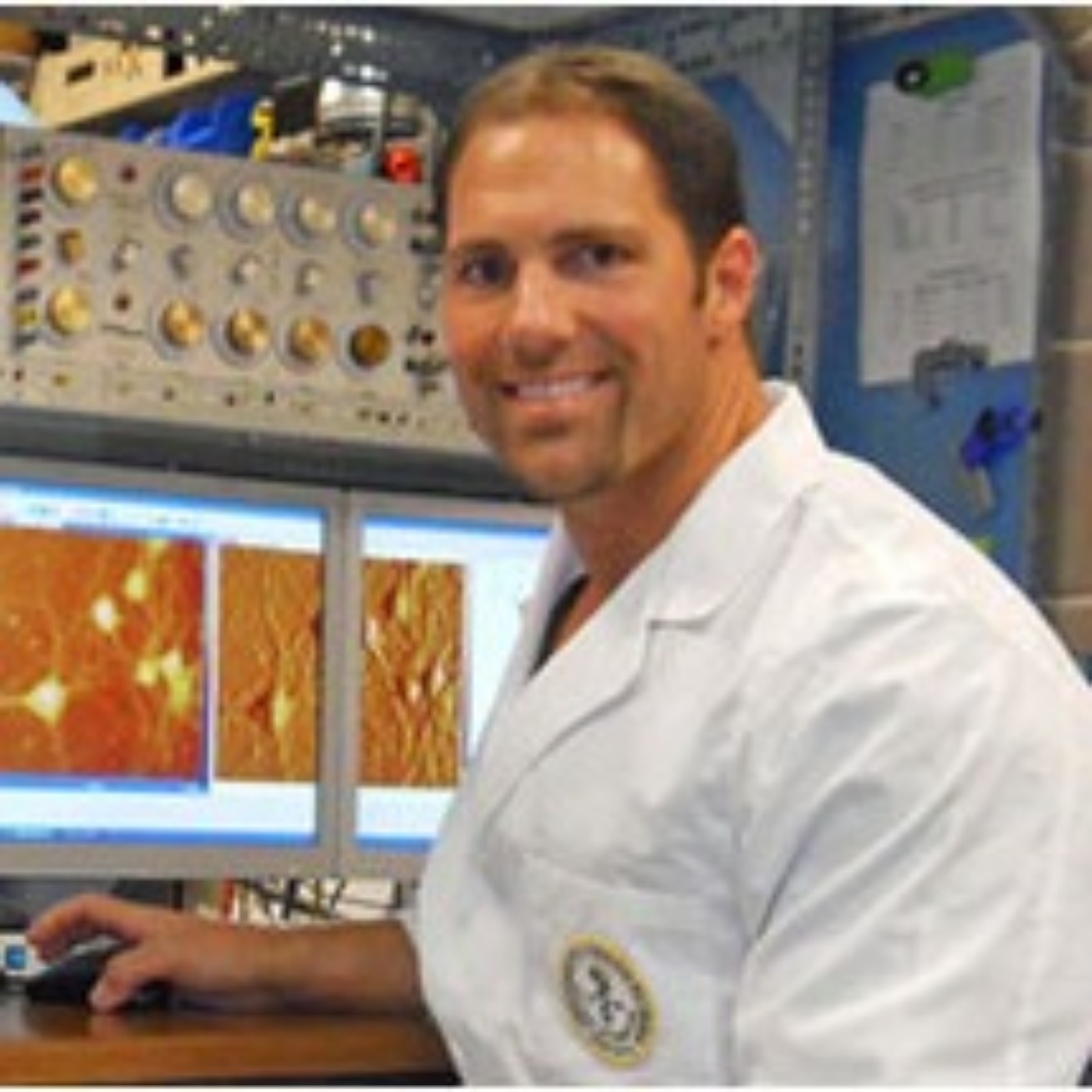- Health
- SEE MORE
- classical
- general
- talk
- News
- Family
- Bürgerfunk
- pop
- Islam
- soul
- jazz
- Comedy
- humor
- wissenschaft
- opera
- baroque
- gesellschaft
- theater
- Local
- alternative
- electro
- rock
- rap
- lifestyle
- Music
- como
- RNE
- ballads
- greek
- Buddhism
- deportes
- christian
- Technology
- piano
- djs
- Dance
- dutch
- flamenco
- social
- hope
- christian rock
- academia
- afrique
- Business
- musique
- ελληνική-μουσική
- religion
- World radio
- Zarzuela
- travel
- World
- NFL
- media
- Art
- public
- Sports
- Gospel
- st.
- baptist
- Leisure
- Kids & Family
- musical
- club
- Culture
- Health & Fitness
- True Crime
- Fiction
- children
- Society & Culture
- TV & Film
- gold
- kunst
- música
- gay
- Natural
- a
- francais
- bach
- economics
- kultur
- evangelical
- tech
- Opinion
- Government
- gaming
- College
- technik
- History
- Jesus
- radio
- movies
- services
- Church
- podcast
- Education
- international
- Transportation
- Other
- kids
- podcasts
- philadelphia
- Noticias
- love
- sport
- Salud
- film
- and
- 4chan
- Disco
- Stories
- fashion
- Arts
- interviews
- hardstyle
- entertainment
- humour
- medieval
- literature
- alma
- Cultura
- video
- TV
- Science
- en
Training Astronauts Under the SeaDominic DAgostinoUniversity of South Florida Morsani College of Medicine

b'
One of NASA\\u2019s most recent missions was carried out under the sea, and as a member of the team, Dominic D\\u2019Agostino, professor in the department of molecular pharmacology and physiology at the University of South Florida Morsani College of Medicine joins the podcast for a third time to discuss all the ins and outs of it. He describes space analogs, which are field tests carried out in locations that have similar characteristics as those in space. The main purpose of space analogs is to develop technologies and concepts that can be implemented in space.
D\\u2019Agostino played an integral part in NASA\\u2019s recent mission which involved a number of these analogs carried out under water in order to emulate the environmental and physical challenges encountered by astronauts in space. For example, the water allowed for a simulation of neutral buoyancy and microgravity in space, and the small, enclosed space under sea simulated the small, enclosed areas in space where astronauts must properly carry out a number of difficult and sensitive tasks. D\\u2019Agostino talks about a wide variety of subjects, bringing a surprising amount of insight to each one.
Tune in for an informative and compelling discussion about the details of this mission, the challenges presented by undersea and space habitats, decompression sickness, the danger and physical effects of high concentrations of carbon dioxide, what\\u2019s on the horizon in this area of research, and so much more.
'